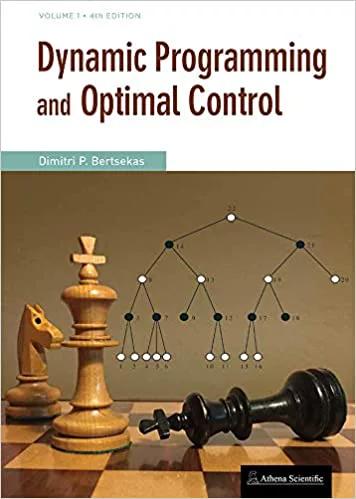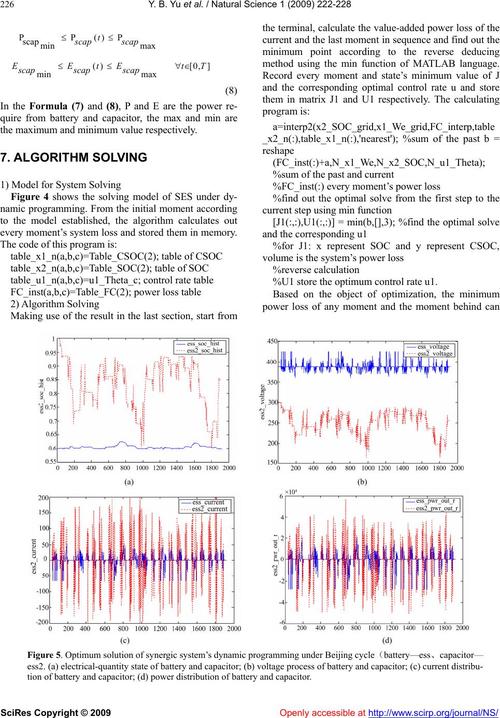
Dynamic Programming Optimal Control: A Personal Guide
Optimal control theory is a branch of mathematical optimization that deals with the problem of finding a control signal that minimizes a cost function over a certain time period. Dynamic programming (DP) is a method used to solve optimization problems by breaking them down into smaller overlapping subproblems. When combined, DP and optimal control offer a powerful tool for solving complex control problems. In this article, we will delve into the intricacies of dynamic programming in optimal control, providing you with a comprehensive understanding of the subject.
Understanding Dynamic Programming
Dynamic programming is a method for solving complex problems by breaking them down into simpler subproblems. It is applicable to problems that exhibit the properties of overlapping subproblems and optimal substructure. In the context of optimal control, DP helps in finding the optimal control signal by solving smaller subproblems and combining their solutions to obtain the overall optimal solution.

Let’s consider a simple example to illustrate the concept of DP. Suppose you are driving from city A to city B, and you have multiple routes to choose from. Each route has a certain cost associated with it, and you want to find the route that minimizes the total cost. By using DP, you can break down the problem into smaller subproblems, such as finding the minimum cost from city A to city C, and then from city C to city B. By solving these subproblems, you can determine the optimal route from city A to city B.
Dynamic Programming in Optimal Control
Optimal control problems involve finding a control signal that minimizes a cost function over a certain time period. Dynamic programming can be used to solve these problems by breaking them down into smaller subproblems. The key idea is to define a state variable that represents the system’s configuration at a given time, and a control variable that represents the control signal applied to the system.
Let’s consider a simple example of a linear quadratic regulator (LQR) problem. In this problem, you want to find a control signal that minimizes the cost function over a finite time horizon. The state variable in this case is the system’s state vector, and the control variable is the control input. The cost function is a quadratic function of the state and control inputs, and the goal is to find the control signal that minimizes this cost function.
Using dynamic programming, you can solve the LQR problem by breaking it down into smaller subproblems. The first step is to define the state transition equation, which describes how the state variable evolves over time. The next step is to define the cost function, which is a quadratic function of the state and control inputs. Finally, you can use DP to find the optimal control signal by solving the subproblems and combining their solutions.

Applications of Dynamic Programming in Optimal Control
Dynamic programming has numerous applications in optimal control, ranging from robotics to economics. Some of the most common applications include:
| Application | Description |
|---|---|
| Robotics | Dynamic programming is used to find optimal control signals for robots, such as path planning and trajectory optimization. |
| Economics | Dynamic programming is used to solve optimization problems in economics, such as resource allocation and inventory control. |
| Control Systems | Dynamic programming is used to design optimal control systems for various applications, such as aerospace and automotive systems. |
These applications demonstrate the versatility and power of dynamic programming in optimal control. By breaking down complex problems into smaller subproblems, DP allows us to find optimal solutions that would be otherwise intractable.
Conclusion
Dynamic programming is a powerful tool for solving optimization problems in optimal control. By breaking down complex problems into smaller subproblems, DP allows us to find optimal solutions that would be otherwise intractable. This article has provided a comprehensive overview of dynamic programming in optimal control, covering the basics of DP, its application in optimal control, and some of its real-world applications. With this knowledge, you should now have a better understanding of how dynamic programming can be used to solve complex control problems.




